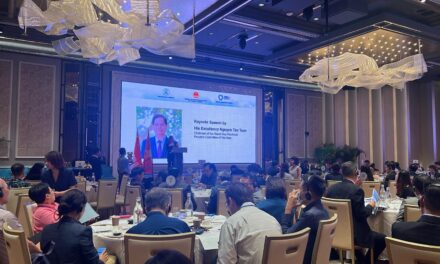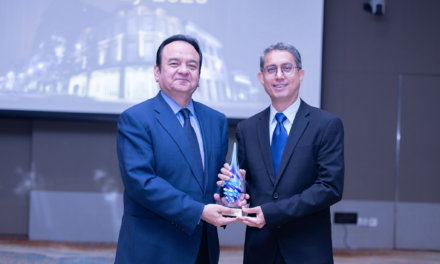By PIB Delhi | 27 SEP 2023 | Categories: Governance, Urban Development

The President of India, Smt Droupadi Murmu, lent her presence to the India Smart Cities Conclave 2023 held in Indore, Madhya Pradesh on September 27, 2023.
In her address, the President highlighted projections indicating that over 50 percent of India’s population will be residing in urban areas by 2047, with cities contributing over 80 percent to the GDP. Emphasizing the need for a forward-looking roadmap, she stressed the importance of aligning policies with the evolving aspirations and requirements of urban centers and their inhabitants.
Climate change emerged as a pivotal issue, with the President commending the Climate Smart Cities Assessment Framework, tailored for India’s 100 smart cities, as an exemplar of nationwide efforts to combat climate change. She urged a heightened focus on green infrastructure and renewable energy adoption to bolster energy efficiency, while calling for a more comprehensive approach in these domains.
The President underscored the imperative of advancing Sustainable Development Goals (SDGs), specifically highlighting SDG 11, which seeks to foster inclusive, secure, resilient, and sustainable urban settlements. This, she argued, necessitates a holistic approach to urban development.
City management, she noted, plays a crucial role in championing sustainable development priorities. Drawing attention to global best practices and business models, the President advocated for reciprocal knowledge-sharing, emphasizing the importance of collaboration at both local and global levels for sustainable progress.
A call to action was issued for the creation of safe, sanitary, and healthy neighborhoods nationwide. The President urged citizens to shoulder responsibility for their cities and fellow residents, particularly in the prevention of diseases such as dengue and malaria, which requires active civic participation and coordinated efforts from concerned departments.
Lastly, the President emphasized the need for robust health services, educational institutions, and basic amenities in rural areas. Such an approach, she argued, would alleviate strain on urban infrastructure while elevating living standards in rural communities.















